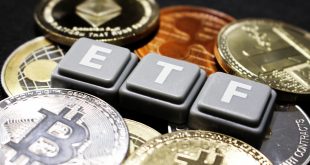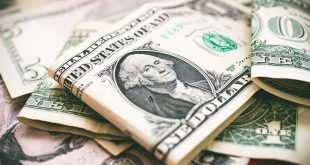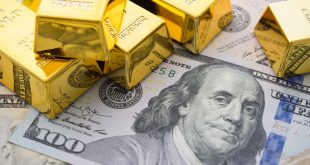The precious metal’s weekly gain for dollar investors was reduced to 1.2% as gold prices declined this afternoon entering Friday’s London benchmark auction as mixed data on the US labour market was followed by less-poor manufacturing sector data. Gold is trading at 1940.86 per ounce at the time of writing.
According to today’s ISM PMI survey, US industrial activity decreased for the 10th consecutive month in August, but it did so at the slowest rate since February, beating analyst expectations.
In light of this, the economy’s non-farm payrolls expanded more quickly than anticipated, according to a report released by the Bureau of Labour Statistics on Friday. The unemployment rate increased three tenths of a point to 3.8%, the worst since January 2022, before the Fed started raising interest rates to combat the worst inflation in four decades. However, average wage growth slowed below 4.3% per year, the weakest in over two years, and barely matched the latest reported pace of inflation on the Fed’s preferred core PCE index.
Following the release of the NFP numbers, gold prices rose to $1952 per ounce, the highest spot-market price since the beginning of last month, before falling by 0.9% as physical bullion trading in London came to a stop for the weekend.
Both the UK gold price in pounds per ounce and the Euro gold price rose to its highest levels since mid-June as a result of today’s dollar recovery following the release of the ISM data, reaching £1538 and just missing €1800, respectively.
After declining in response to the jobs data, the dollar and longer-term US borrowing prices rose to three-session highs on the FX and bond markets.
After the release of the NFP report, one expert told Insider that if the US economy can maintain its growth and the labour market can slow down gradually, the Fed will be able to afford to leave interest rates unchanged and wait patiently for higher rates to reduce inflation, which will encourage a rise in US stock prices.
However, similar to the price of gold, US stock markets first increased on the jobs report before giving back Friday’s gains on the weaker-than-expected PMI results.
Silver prices increased alongside gold prices before sliding back; they peaked at $25.00 per Troy ounce on Wednesday, 20 cents below the 6-week high, and then dropped more than 60 cents within an hour of the ISM PMI report.
China’s factory activity for August also fared better than analysts had predicted. However, the 20-nation Eurozone turned out to be worse than the preliminary figure from last month, with manufacturing powerhouse Germany posting its second-worst reading since the heights of the first-wave Covid lockdown calamity in spring 2020.
Gold prices fell 1.4% in August in terms of dollars, but they remained unchanged in pounds and euros, finishing the month at their highest level in three months.

Gold
 Noor Trends News, Technical Analysis, Educational Tools and Recommendations
Noor Trends News, Technical Analysis, Educational Tools and Recommendations




